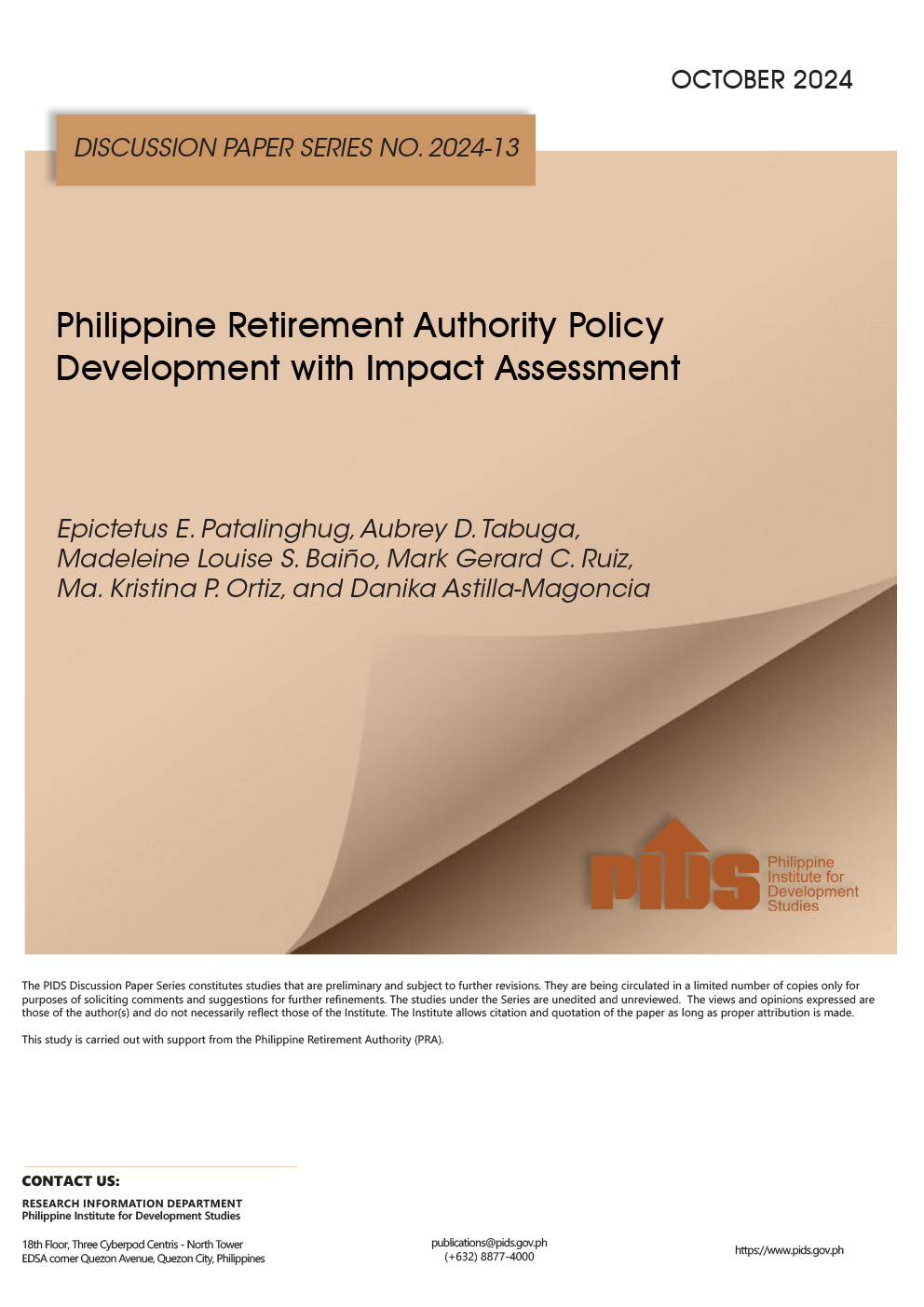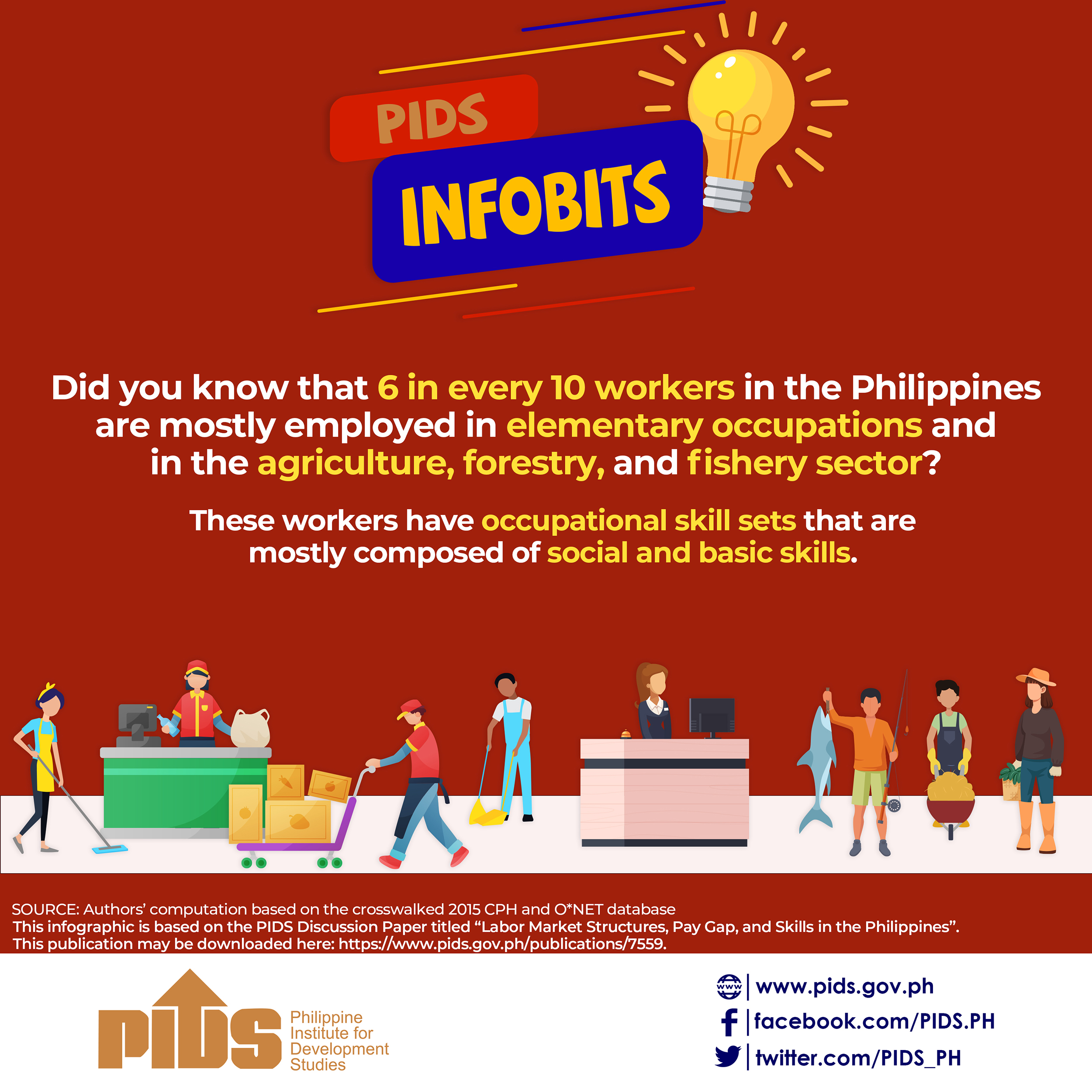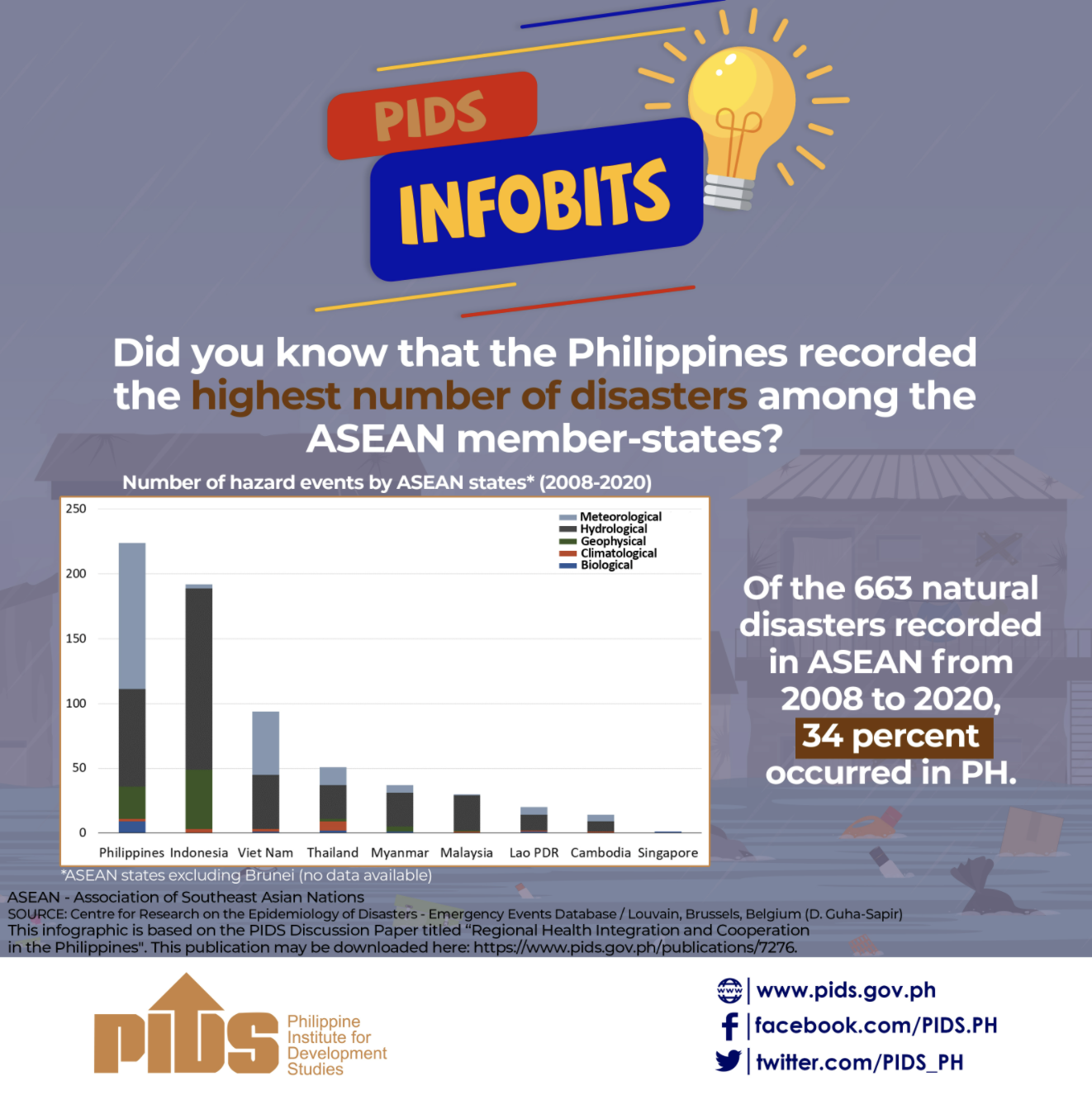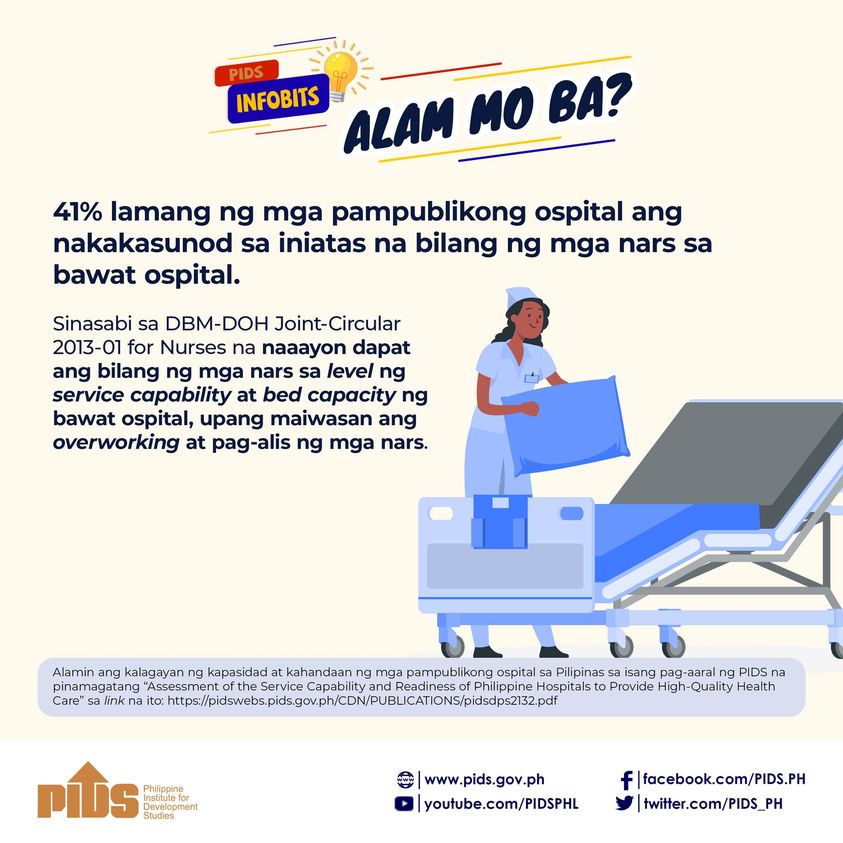MANILA -- A sub-committee of the Consultative Committee (ConCom) tasked by President Rodrigo R. Duterte to review the 1987 Constitution has tentatively agreed to 17 federated regions as a "working" baseline in tackling the creation and structure of the constituent units of the federal system it will propose.
We start with 17 (federated regions) because, to be honest, all federal counties that we have used as reference actually had to start from where they were when they federated,” ConCom member Prof. Edmund Tayao said on Wednesday.
The ConCom met with a panel of government economic, fiscal, and governance experts to get their views and recommendations on how best the federated regions can be configured to ensure that they will be economically viable and sustainable.
Among those who shared their views and recommendations were Celia Reyes, president of the Philippine Institute for Development Studies (PIDS), and Marife Ballesteros, PIDS fellow, who were requested by the ConCom to validate the criteria and formula that it is developing to come up with the ideal and economically viable regional configuration.
Reyes suggested to the ConCom to consider as primary indicators in determining viable and sustainable economies a region's physical assets (land), human capital, size and structure of the economy, and existing infrastructure that connects the provinces within the region.
She said there should also be "core urban centers" within each region, which will play an important role in promoting economic growth, increasing access to employment and reducing poverty.
Tayao, chairman of the ConCom sub-committee on the creation and structure of the constituent units, said the economic and fiscal experts, including those from the National Economic Development Authority, and the departments of finance and budget, will assist and guide the ConCom in determining the basis for the federated regions.
He said the 17 regions can be a starting point that can eventually evolve through by merging into bigger regions.<
He explained this can happen under a system where the grant of powers will be given in phases depending on the capacity of the regions.
As they develop, or they decide to merge to become stronger and more stable, additional powers will be given, Tayao explained.
He said this approach is also politically feasible as local officials will not feel that their powers and functions are suddenly clipped and there is greater room for cooperation and political consolidation.
Under these proposals, Metro Manila is treated differently from other regions and may not be federated but turned into the federal capital similar to New Delhi in India or Washington DC in the US.
But this is still to be studied and discussed further by the ConCom, according to Tayao. (PNA)
We start with 17 (federated regions) because, to be honest, all federal counties that we have used as reference actually had to start from where they were when they federated,” ConCom member Prof. Edmund Tayao said on Wednesday.
The ConCom met with a panel of government economic, fiscal, and governance experts to get their views and recommendations on how best the federated regions can be configured to ensure that they will be economically viable and sustainable.
Among those who shared their views and recommendations were Celia Reyes, president of the Philippine Institute for Development Studies (PIDS), and Marife Ballesteros, PIDS fellow, who were requested by the ConCom to validate the criteria and formula that it is developing to come up with the ideal and economically viable regional configuration.
Reyes suggested to the ConCom to consider as primary indicators in determining viable and sustainable economies a region's physical assets (land), human capital, size and structure of the economy, and existing infrastructure that connects the provinces within the region.
She said there should also be "core urban centers" within each region, which will play an important role in promoting economic growth, increasing access to employment and reducing poverty.
Tayao, chairman of the ConCom sub-committee on the creation and structure of the constituent units, said the economic and fiscal experts, including those from the National Economic Development Authority, and the departments of finance and budget, will assist and guide the ConCom in determining the basis for the federated regions.
He said the 17 regions can be a starting point that can eventually evolve through by merging into bigger regions.<
He explained this can happen under a system where the grant of powers will be given in phases depending on the capacity of the regions.
As they develop, or they decide to merge to become stronger and more stable, additional powers will be given, Tayao explained.
He said this approach is also politically feasible as local officials will not feel that their powers and functions are suddenly clipped and there is greater room for cooperation and political consolidation.
Under these proposals, Metro Manila is treated differently from other regions and may not be federated but turned into the federal capital similar to New Delhi in India or Washington DC in the US.
But this is still to be studied and discussed further by the ConCom, according to Tayao. (PNA)









